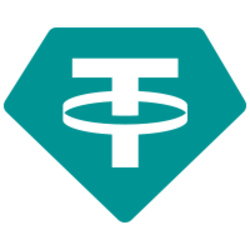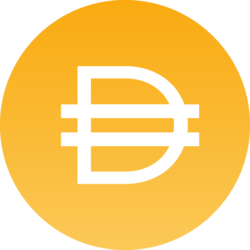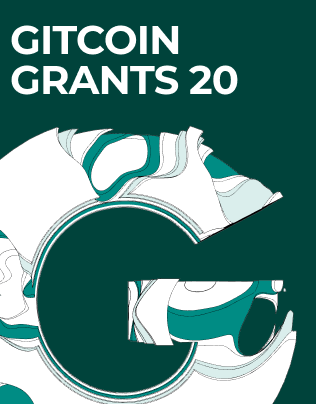 Layer2.Finance
Layer2.Finance
$168.01 K
0.07%
L2BEAT Team is working to research & validate content before publishing.
...
Choose token
 USD Coin (USDC)
USD Coin (USDC) BUSD (BUSD)
BUSD (BUSD) Tether USD (USDT)
Tether USD (USDT) Dai Stablecoin (DAI)
Dai Stablecoin (DAI) Wrapped Ether (WETH)
Wrapped Ether (WETH)Funds can be stolen if
Projects under review might present incomplete information & data.
L2BEAT Team is working to research & validate content before publishing.
Projects under review might present incomplete information & data.
L2BEAT Team is working to research & validate content before publishing.
Projects under review might present incomplete information & data.
L2BEAT Team is working to research & validate content before publishing.
Projects under review might present incomplete information & data.
L2BEAT Team is working to research & validate content before publishing.
Projects under review might present incomplete information & data.
L2BEAT Team is working to research & validate content before publishing.
The system consists of the following smart contracts:
This contract stores the following tokens: BUSD, DAI, USDC, USDT, WETH.
The current deployment carries some associated risks:
Funds can be stolen if the owner calls owner-only functions that pause the contract and drain funds (CRITICAL).
